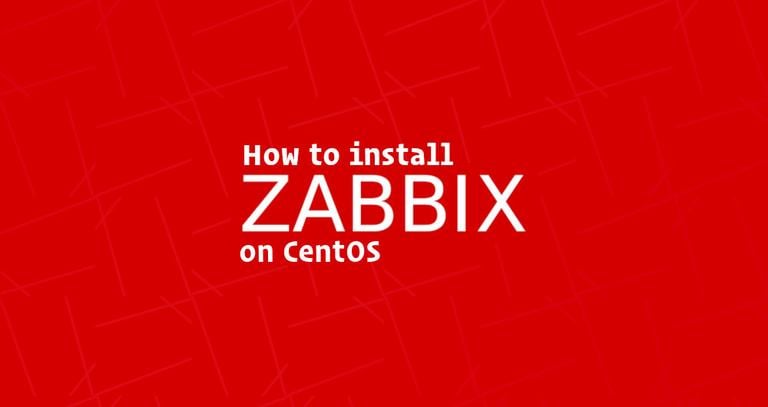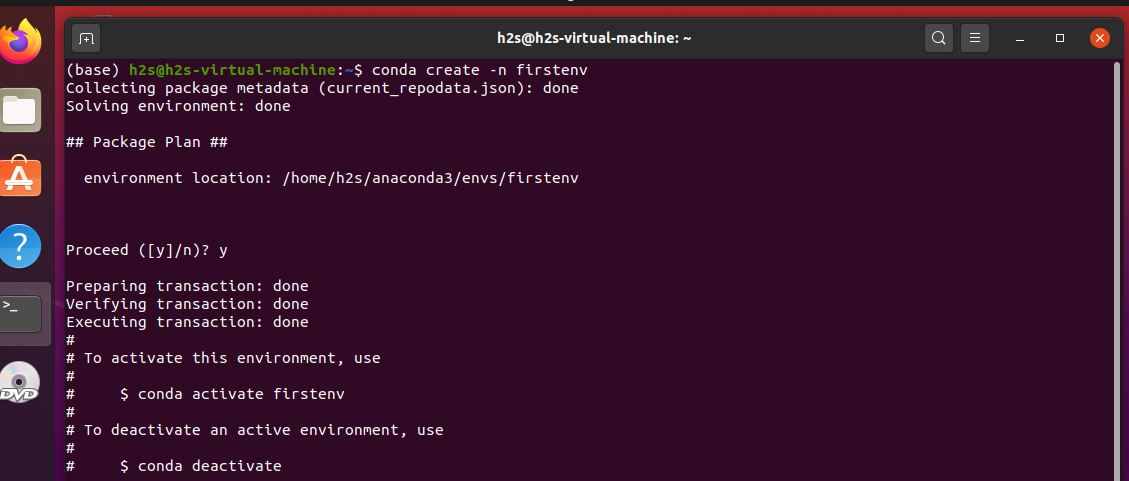
- #Conda install package on centos install#
- #Conda install package on centos download#
#Conda install package on centos install#
Sudo /opt/jupyterhub/bin/python3 -m pip install wheelġ.2.1. We can create both from a conda environment.1. Conda has an equivalent file called and environment.yaml.
Often packages on pip are not available on .Ī requirements.txt file is a standard way to store a list of versioned requirements from a virtualenv. Often packages are not as up to date as pip. ) take longer to install (and are often troublesome) Most (if not all) packages are published here first. Now that we know that we can use both pip and conda install why/when should we use one over the other? pip install defaults is one of the official Continuum Analytics channels. We have a new column on the right that lists the channel that the package came from. # packages in environment at /Users/kpurdon/miniconda/envs/myflaskapp: I really don't like this required argument, but a simple way to get around it is just to pass in python as the required package.Īfter running the above command you will be given the following information: Note that the conda create command requires that you give it the name of a package to install in the new environment. This command will create a new environment with the name myflaskapp and install the package flask in the environment. Let's say we want an environment to start working on a flask application. For basic usage conda create is the command you want. The same functionality is available with the conda create and conda env command. Replacing Virtualenvįor those of you that are not familiar with virtualenv it is a tool that allows you to create isolated environments with a set of packages installed from pip. Unless you plan to manually do this yourself let the installer do it for you. The installer will ask you if it should automatically add conda to the system path. Note: To run this install unattended you can use the -b option in the above command. 
Run the installer and follow the prompts. Choose whichever you want to be the default. It actually does not matter which you get as conda treats Python itself as an install-able package so you can change the version at any time (more on this later). You'll notice that there are both Python 2 and Python 3 versions.
#Conda install package on centos download#
Go here and download the distribution for your operating system.

You can find the official installation instructions here.

While conda is supported on all operating systems I'll be using OS X 10.10.3. Installationįor this guide we'll be installing the miniconda distribution. This blog post will cover this basic level of use. You can even still use pip to install packages. However, at it's most basic level you can use it to manage the version of python you use and create isolated environments. This goes on top of miniconda.Ĭonda is normally marketed as much more than a simple replacement for the version of python on your system and isolated environments, and in reality it is! It's a completely new packaging system, package repository, and much more.
Anaconda: A curated collection (by Continuum Analytics) of common packages for scientific python users. (You should almost always start with an install of this) Miniconda: A minimal distribution of conda with nothing but the most basic features. Continuum Analytics: The company developing and distributing conda/miniconda/anaconda. 
This blog post will walk you (a new user) through the basic setup and use of miniconda (a light-weight distribution of conda). While conda provides much more than isolated environments (virtualenv), and switchable python versions (pyenv) those two features alone make it work the switch. For the last year I have been using conda by Continuum Analytics as my primary python development toolkit.








 0 kommentar(er)
0 kommentar(er)
